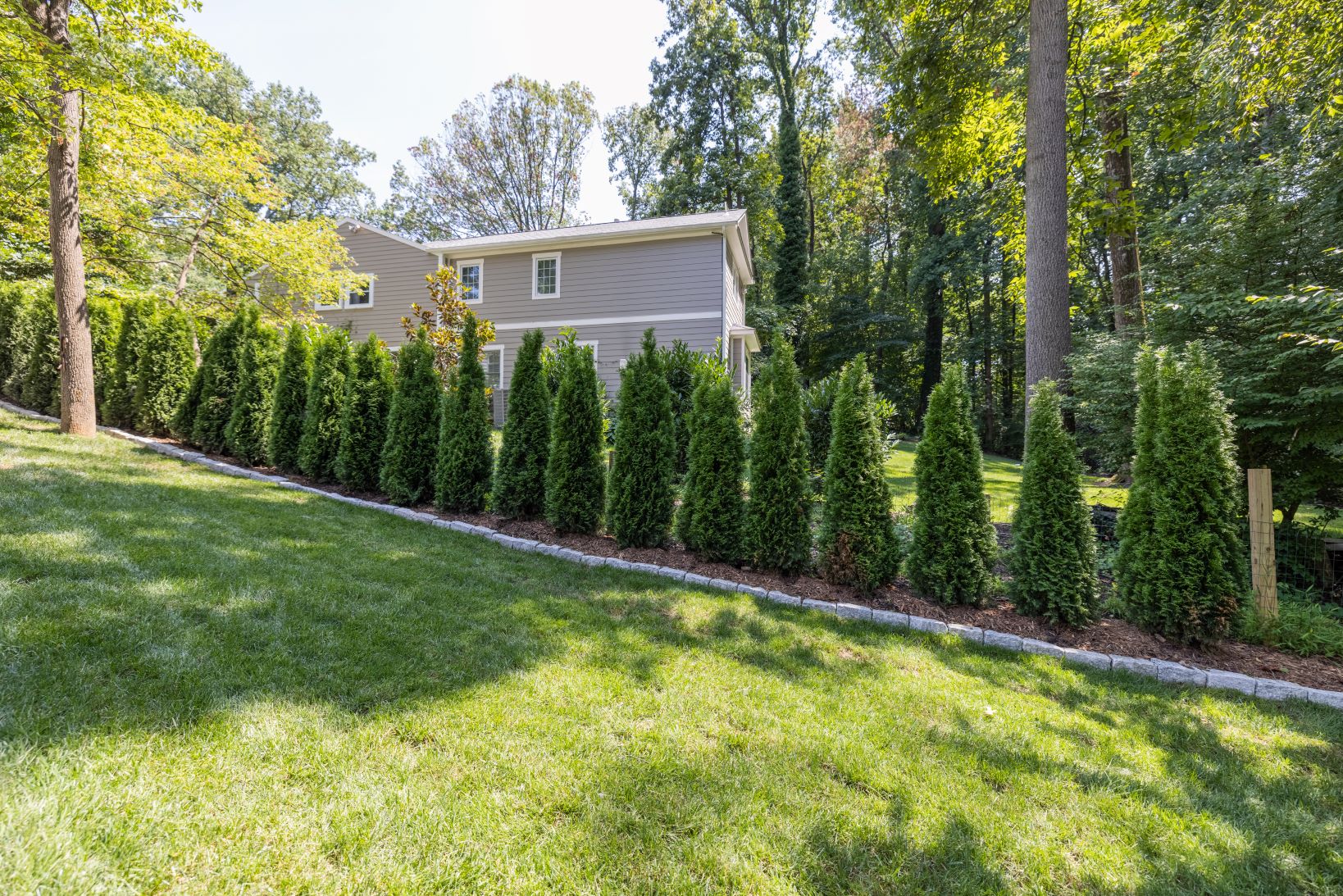Establishing a gorgeous outdoor space not only enhances the beauty of your home but also contributes to the ecology if completed in a sustainable manner. In a world increasingly aware of environmental challenges, sustainable landscape design solutions are particularly pertinent than ever. From selecting native plants to adding hardscaping that lessens water usage, there are countless ways to create a stunning backyard that supports both the ecosystem and your private retreat.
In this piece, we will examine various landscape design approaches and tactics that cater to varied preferences and area requirements. Whether you have a sprawling yard or a compact front space, our guide will provide guidance into converting your outdoor space into a serene retreat. With a focus on eco-friendliness, we aim to empower you with the knowledge to make thoughtful choices that represent your taste while being considerate of the planet. Prepare to immerse yourself into an assortment of design approaches that balance beauty with sustainable stewardship.
Key Landscape Styling Concepts
When it comes to changing your exterior space, the crucial aspect lies in harmonizing visual appeal and functionality. One crucial idea is to include fluid shapes and earthy materials that match your home’s design. Article source helps create a smooth transition between your indoor and exterior areas. For instance, winding pathways made from rock or gravel can provide a sense of movement and lead visitors through the landscape, while native plants can enhance the environmental health of your garden.
Another important aspect to consider is the use of hard landscape elements such as patios, decks, and garden walls. Hardscaping not only provides shape and order to your landscape but also creates spaces for entertainment and relaxation. Think about adding features like arbors or fences, which can distinguish areas while adding height and visual interest. Such elements are particularly beneficial in limited yards, where multi-functional spaces can optimize use without overwhelming the space.
Finally, lighting plays a significant role in landscape design, allowing you to display your yard's charm after sunset. Strategic placement of exterior lighting can illuminate pathways, showcase plants, and create ambiance for nighttime gatherings. Incorporating energy-efficient lighting options not only enhances safety but also aligns with eco-friendly practices, keeping your exterior area inviting and environmentally friendly. Embracing these key design ideas will help you create a beautiful garden that reflects your style and promotes relaxation.
Redesigning The Outdoor Area
Transforming the outdoor space starts with understanding the personal style and specific needs of your environment. Consider the activities you want to engage in in this space, whether it's a relaxing area for reading, a place for family get-togethers, or a vibrant garden for entertaining. Establishing these preferences will assist one create a design that is both functional and visually appealing. Gather inspiration from a variety of sources, such as magazines, websites, and nature around you, to envision how one's ideas can come together in your yard.
Next, concentrate on the design and flow of your space. The organization of pathways, seating areas, and plant beds should facilitate movement and interaction, making it inviting for family and guests. Think about incorporating elements such as patios, decks, or pergolas to create unique zones within the landscape. Using different materials and textures can enhance the aesthetic appeal, while also making sure that the outdoor area feels cohesive and seamlessly blended with the surrounding environment.
In conclusion, emphasize sustainability when implementing the landscaping plan. Select native plants that demand less water and maintenance, and include hardscaping features like permeable pavers to manage rainwater. Including eco-friendly practices, such as composting or creating an edible garden, not only benefits the environment but also enhances the beauty of the outdoor space. With thoughtful planning and a focus on sustainability, you can create an outdoor sanctuary that shows your style while harmonizing with nature.
Green and Affordable Options
Creating an sustainable landscape does not have to cost a fortune. One of the most effective strategies is to include local plants into your design. Local plants are tailored to the regional climate and soil conditions, requiring less water and care than non-native species. By selecting native vegetation, you can create a beautiful and eco-friendly garden that benefits local wildlife and reduces the need for chemical fertilizers or pesticides.
Adding hardscaping features such as gravel paths, stone patios, or recycled materials can also enhance your outdoor space while promoting sustainability. These elements often require fewer upkeep compared to conventional lawns, and they offer unique aesthetic appeal. Using permeable materials for walkways and patios allows rainwater to infiltrate into the ground, reducing water runoff and promoting groundwater restoration. This not only creates a stylish outdoor space but also contributes positively to the environment.
Finally, consider planning your outdoor space with easy-care features in mind, such as drought-tolerant landscaping. This method focuses on using water-efficient plants and reducing turf areas, which can conserve both water and upkeep costs. Adding areas for food-producing landscaping also provides sustainable benefits while allowing you to enjoy fresh produce. These multifaceted and budget-friendly solutions can transform your landscape into an green haven that improves both beauty and functionality.

